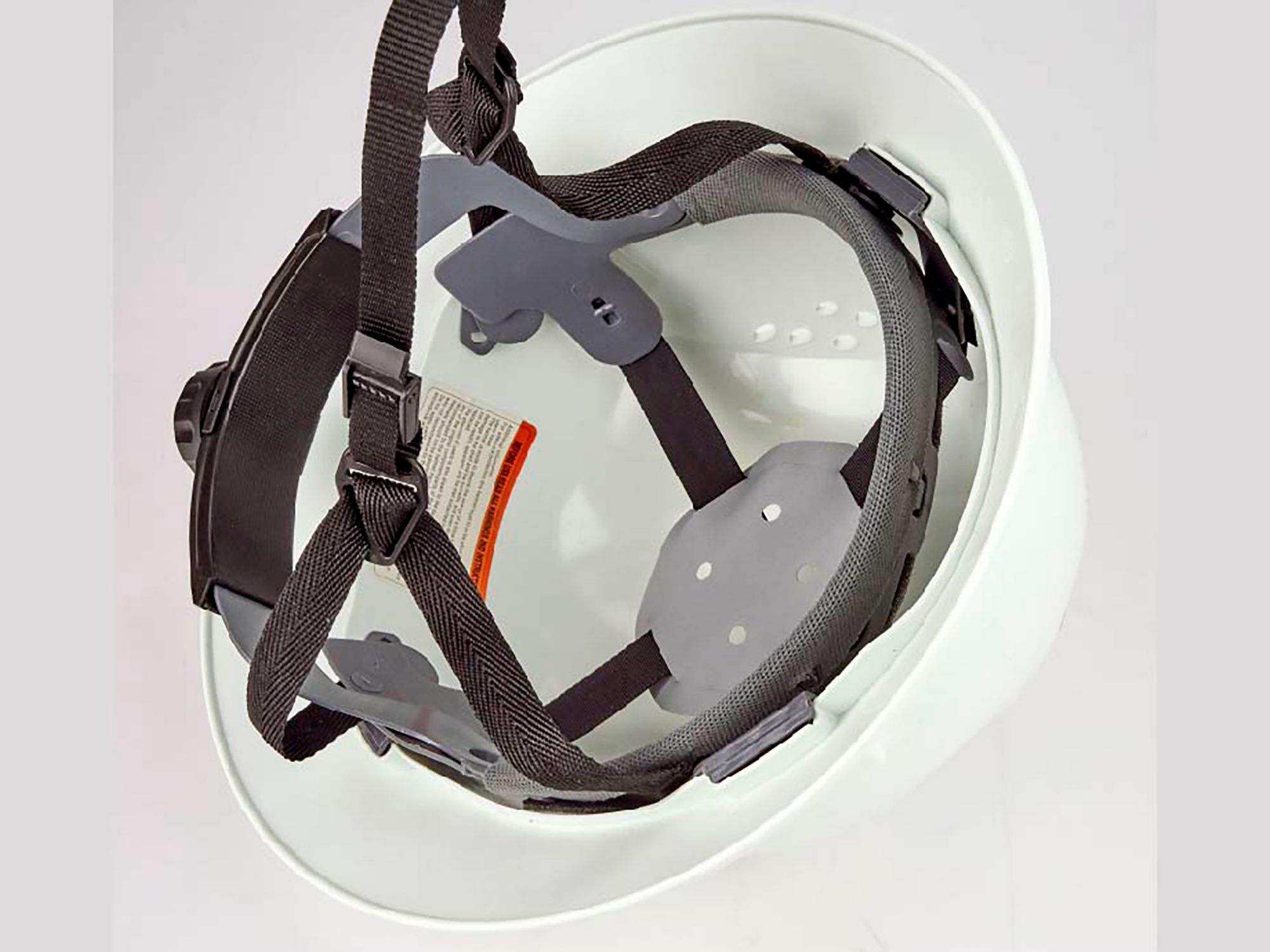What are the types of head protection?

- Head protection is classified by ANSI as Type 1 or Type 2, and as Class G, E or C
- Head protection must comply with ANSI Z89.1, American National Standard for Industrial Head Protection.
The most recent editions of the American National Standards Institute (ANSI) head protection standards classify head protection as Type 1 and Type 2 and use three classes (G, E, and C) based on electrical class. (Earlier editions used Class A, B, and C designations.)
| Type | Impact |
|---|---|
| 1 | Helmets intended to reduce the force of impact resulting from a blow only to the top of the head. |
| 2 | Helmets intended to reduce the force of impact resulting from a blow which may be received off center or to the top of the head. |
| Electrical class | Protective helmet |
|---|---|
| G (General) | Class G helmets are intended to reduce the danger of contact exposure to low voltage conductors. Test samples are proof tested at 2,200 volts (phase to ground). However, this voltage is not intended as an indication of the voltage at which the helmet protects the wearer. |
| E (Electrical) | Class E helmets are intended to reduce the danger of exposure to high voltage conductors. Test samples are proof-tested at 20,000 volts (phase to ground). However, this voltage is not intended as an indication of the voltage at which the helmet protects the wearer. |
| C (Conductive) | Class C helmets are not intended to provide protection against contact with electrical conductors. |
What are the criteria for head protection?
While the Occupational Health and Safety Administration (OSHA)’s head protection standard does not spell out the criteria that protective helmets must meet to provide maximum protection, it does require that helmets conform to the performance criteria of the American National Standard, ANSI Z89.1.
This industry consensus standard describes the types and classes, materials, performance requirements, and tests that manufacturers must meet to ensure that their helmets provide adequate protection. Each helmet must be marked with the following information:
- Name and/or identification mark of the manufacturer,
- Date of manufacture,
- ANSI designation,
- Type and class designation, and
- Appropriate headband size range.
If any of this information is missing or obliterated, the helmet should not be worn.
Head protection must comply with any of the following consensus standards:
- ANSI Z89.1–2009, American National Standard for Industrial Head Protection,
- ANSI Z89.1–2003, American National Standard for Industrial Head Protection, or
- ANSI Z89.1–1997, American National Standard for Industrial Head Protection.
